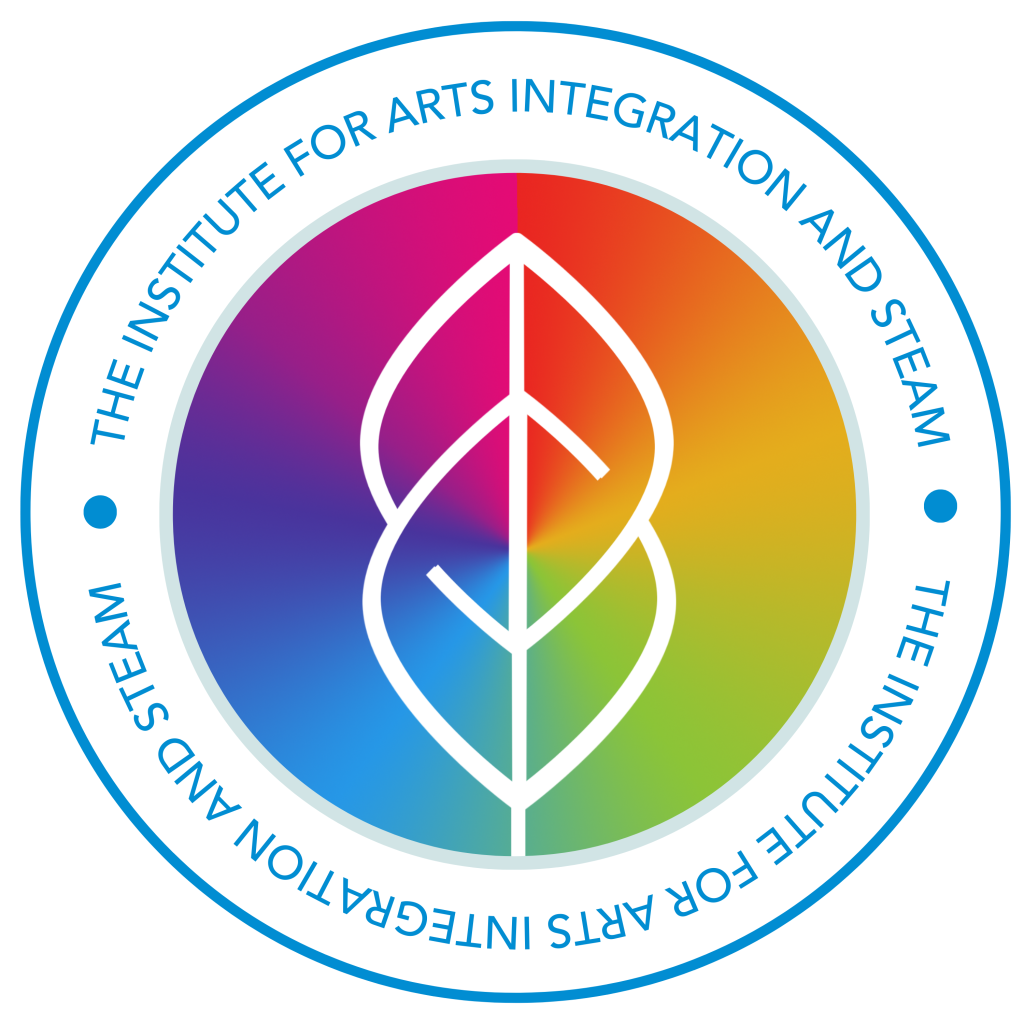West African Drumming for Elementary Classroom Teachers
4 Min Read • Music
Recently, our school had a West African drummer join us as an artist in residence for a week. Since I helped secure this great opportunity for our students, I wanted to ensure it connected to what was happening in our regular elementary classrooms. Rather than have one or two isolated experiences with our guest. I wanted to share a resource guide with our teachers, but I knew they were swamped with work. Plus, many had no experience in arts integration. In order to give them something useful, it needed to be a resource that required little to no preparation. Also, it had to tie into skills/standards they already addressed, rather than one more thing to add to their day. (Of course, all of those things can occur through arts integration, but in the time allotted, I didn't have time to thoroughly share that information.)
I compiled my resources below. It is certainly not all inclusive. There is SO much more out there, but if you're a music teacher teaching a unit on West African drumming, you could easily hand this guide to an elementary classrooms teacher to spark some academic connections. Keep in mind, this was not designed as an arts integrated unit. Instead, it's a list of resources elementary classrooms teachers can pick and choose depending on their time and need. It worked at my school – many teachers utilized the resources, and the students participated in a meaningful, arts and culture infused experience!
West African Drumming Supplementary Resources for Elementary Classrooms Teachers:
Before drumming instruction:
Introduction:
- Video Clip introduction
- Identify Africa on the map, point out the West African countries.
Other activities for some time before or after drumming instruction:
Language Arts:
- Read When You Meet a Djembe Drum by Aderemi T Adeyemi.
- Read/watch the book before playing the drums, and then again after the drumming experience. Did your thoughts about the main character Jembe change after the experience?
- Practice with repeated readings for fluency.
- Alternative: Share the book To Be A Drum by Evelyn Coleman. Or, watch this quality version of James Earl Jones reading it.
- This book is set in Africa and explains that the rhythm tells a story and that rhythm is the pulse that has moved through the African people and through time and place.
- A copy of the discussion questions/extension activities can be found here.
- Comprehension Passages for 3rd & 4th grade:
- ReadWorks Djembe passage/questions (3rd-grade level)
- ReadWorks West Africa passage (4th-grade level)
Integration seeds:
Language Arts– African drumming tells a story. We can identify narrative story elements.
Math– Patterns, precision, counting
Culture– Background information on West Africa, how drumming is an integral part of the culture, how African drumming/movement is the origin of much of our popular music/dance today.
And more!


